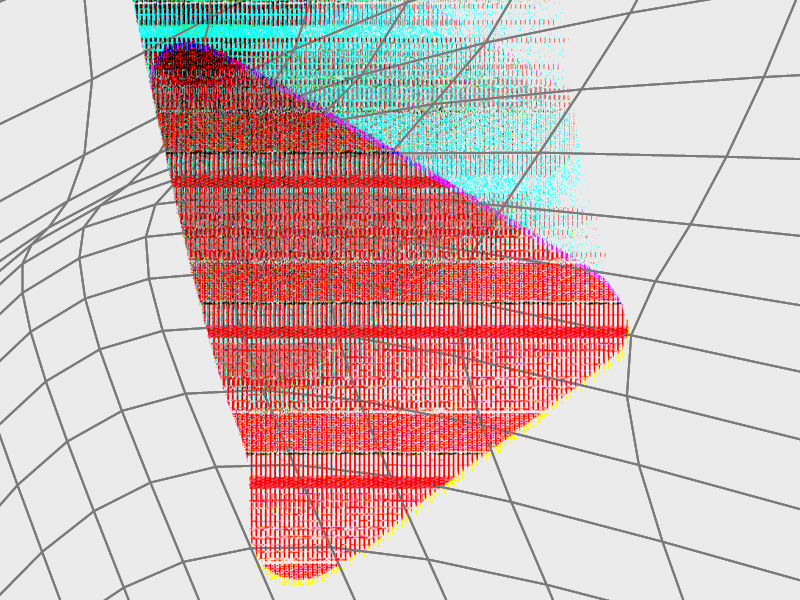Did you hear about Odysee, the new video streaming platform, and about its crypto-protocol databases?
If you’re wondering where they store all the videos you post, here’s the answer – on the Blockchain. The Blockchain is a decentralized, trustless, and publicly-accessible ledger that exists online.
It’s where all the cryptocurrencies are stored. But Odysee has found a way to store videos on the Blockchain cryptographically.
This means that those videos are there for good since we all know that what’s on the Blockchain never leaves the Blockchain.
You can’t delete or modify something that’s on the Blockchain. So, once you post a video on Odysee, that video will go to the Blockchain through Odysee’s crypto protocol, LBRY.
Read below to learn more about LBRY and Odysee’s way of storing videos on the Blockchain!
Summary: In this article, I explore how Odysee, a video streaming platform, stores user content on the decentralized and trustless LBRY blockchain.
Using the LBRY protocol and its associated crypto token, LBRY Credit, videos uploaded to Odysee are encrypted and sent to the blockchain for permanent storage.
This method ensures that no one can censor or delete your content, and it remains accessible even if delisted from Odysee.
Read on to learn more about this innovative approach to content storage and the benefits it offers to creators and users alike.

What Is LBRY?
From the mouth of the creators themselves, “In LBRY, the same mechanism is used to store an index of what content is available and how to download it, as well as financial transactions (such as tips, and purchases of paid content) using the Bitcoin-like currency LBC (LBRY Credits). When a creator publishes something on LBRY, an entry is made on the LBRY blockchain. You can think of it as an announcement: hey everyone, I’ve published this file, here’s some information about it, and instructions for how to download it from the peer-to-peer network.” (source)
So, LBRY is a protocol tied to a crypto token named LBRY Credit. Videos posted on Odysee are encrypted using LBRY and sent to the Blockchain forever.
Anyone can access the LBRY protocol and build decentralized apps with it. These apps will all connect to the LBRY crypto network, so all the content on these apps will be stored on that network.
You can publish any content on the LBRY network, including:
- Documents
- Videos
- Audio Files
- Any other kind of content
LBRY also allows for a new, freer form of monetization. While it does retain the ad-based monetization from YouTube, it also introduces another one – token donation.
You can donate or pay LBRY Credits to a video you like, thus sponsoring that video. The creator can then stake these credits to make even more profit.
Video creators themselves pay a small fee (around $0.0001 per video posted) that is cheap. Almost anyone can afford this fee.
You pay this fee in LBRY Credits to boost and support the network.
Odysee Videos Are Not Stored on My Computer?
No, they’re not. When you post a video on Odysee, that video is uploaded to the LBRY crypto network. When users watch that video, they download it straight from the network, not from your computer.
So, you don’t need to keep the video on your computer or “seed” it for other users who want to watch it.
The LBRY network takes care of that hassle for you. This greatly incentivizes you to post as many videos as possible because you won’t have to worry about space.
Theoretically, there’s limitless space on the LBRY network, so you don’t have to worry about running out of space for your account.
Can Someone Delete My Odysee Videos or Account?
No, no one can do that other than you. And even then, the videos are “only” deleted from Odysee, not from the LBRY network.
You can think of this – once you delete your video, it’ll be delisted from Odysee so that no one can watch it on the platform.
But it’s still on the blockchain, the LBRY network. Users may still be able to access it there and link toward it on the LBRY platform.
The LBRY creators said that “For the same reasons that nobody can prevent a Bitcoin transaction from taking place, nobody can prevent a transaction (like a publication or a tip) from appearing on the LBRY blockchain.“
So, there you have it. No one can stop you from posting something on the LBRY blockchain. And once you post it on the blockchain, it stays there for good.
No one can delete it, not even the LBRY owners themselves. It’s a mostly decentralized network as far as content control goes.
Of course, Odysee can still delist your content if it breaches their user guidelines (they are pretty lax), so it won’t appear on the platform.
But as far as I understand, that content will still be uploaded on the LBRY blockchain.
Conclusion
To summarize, all videos on Odysee are stored on the LBRY blockchain, ensuring they are never lost and cannot be deleted.
While Odysee can delist videos from your account, the videos will still exist on the blockchain and remain accessible to anyone who wants to view them.
Odysee is one of the few video streaming platforms that stores user content on the blockchain. This decentralized system ensures that no one can ever censor or delete your videos.
If you have any questions, feel free to post a comment below!




